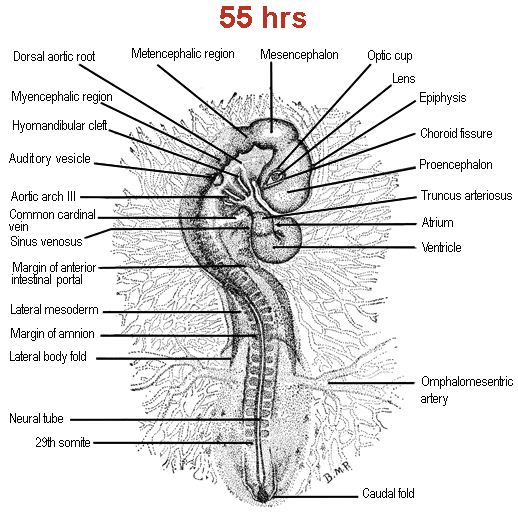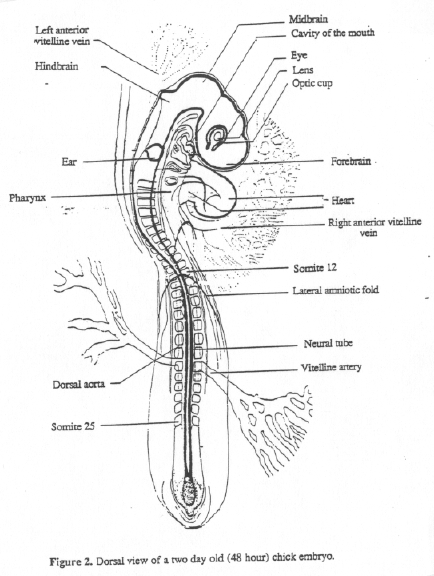고정 헤더 영역
상세 컨텐츠
본문

Another Way To Look at Serially Sectioned Frog and Chick Embryos What we show here is the first part of a project we call '4-D Embryology-Embryosin Three Dimensions and Their Changes Over Time.' We captured digitalimages of all the sections of serially sectioned embryos. We then used thesequence of images of an embryo to make a QuickTime digital movie. After we made movies of severalserially sectioned frog and chick embryos, we started using them in ourdevelopmental biology labs. Students like watching and using these QuickTimemovies to learn about developing embryos, and we want to share these movieswith other students of developmental biology. What you can see here aresmall 'postage-stamp' versions of these movies of serially sectionedfrog and chick embryos.
All show sequential cross sections going anterior-to-posterior(head-to-tail).Get Quicktime Serially Sectioned Frog Embryo Movies 4 mm 5 mm 7 mm 10 mmSerially Sectioned Chick Embryo Movies 24 hr 33 hr 33 hr 48 hr 48 hr 56 hr If you want to use these movies in your classes, you can download the full-sizeQuickTime movies of these embryos. To download these movies, you need tobe a member of the SDB.
If you're not a member, -it really doesn't cost that much to join and it's a great organizationto belong to. Anyway, e-mail me, Laurie Iten ( ),if you want to know how and where to download these movies.Why We Look At Serial Sections of Embryos When we study embryology, we need to visualize the changes that occur indeveloping embryos. Direct observation is the ideal method for visualizingdeveloping embryos. Everyone enjoys watching living embryos develop or watchingtime-lapse movies of developing embryos.
96 Hour Chick Embryo Serial Section
Some embryos remain transparentthroughout their development and we can see what's going on inside and outsideat the same time. Most embryos are not transparent; once they become morethan a few cell layers thick, we only see what's happening on the outside.To see what's going on inside, we typically cannot dissect an embryobecause it's too small. We have to look at serial sections of embryos.

Serialsections are where we slice an embryo as if it was a sausage. We affix eachsection, in order, on a microscope slide and stain the sections before welook at them with the microscope. We then 'read' these two-dimensionalsections to try to visualize the three-dimensional organization of all thelayers and parts of an embryo at one stage of development.The above three figures are modified versions of Fig. A, p.3 of Schoenwolf, G.C. 1995, LaboratoryStudies of Vertebrate and Invertebrate Embryos. Guide and Atlas ofDescriptive and Experimental Development.




